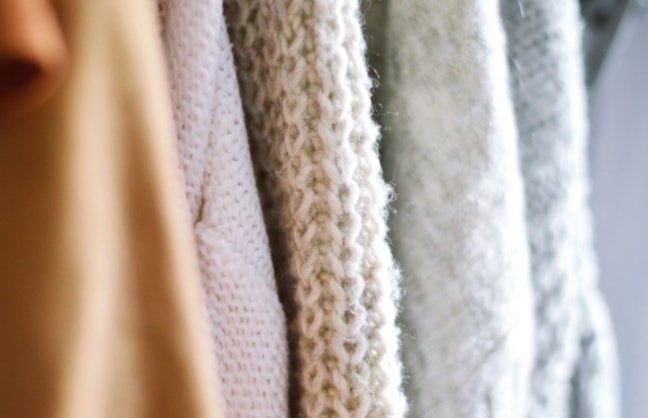What do you think of when you hear the term “Fast Fashion”?
£800 Shein hauls on Tiktok and charity shops filled to the brim with last month’s micro-trends tend to spring to mind. By definition, Fast Fashion is “inexpensive clothing produced rapidly by mass-market retailers in response to the latest trends.” Yet what this fails to mention is the issues with overconsumption, exploitation, and mass profit ― so why would I try and defend it?
My answer is simply this: I’m not. In recent years, the debate of fast versus slow fashion has taken over fashion-based discussions on the internet with everyone and their mother weighing in. Some don’t see any issue with it, some think it shouldn’t exist. Whilst their opinions are valid, they tend to ignore the fact that this topic is incredibly nuanced and that their arguments can’t simply define it as “good” or “bad”. So, here are some things to consider:
The Consumer
Who is consuming the product? How much can they spend to clothe themselves? Will they get a lot of use out of it or is it simply a single-wear product? All of these questions are important when discussing fast fashion in relation to the consumer.
Studies highlight that the demographic for these brands are women between the ages of 18-24, aka a lot of students and new graduates, and we’re hardly the richest. The clothes are trendy and cheap, meaning a lot of us are more inclined to consume these products in order to “fit in”, and it’s easier on the bank. But, of course, the issue comes in when we consider whether or not the person can afford to shop elsewhere.
A lot of us, myself included, don’t participate in mass consumption. Although the UK buys more clothes per person than any other European country, a lot of us buy as and when we need to, only buying from fast fashion brands because it’s all we can afford, not because we necessarily choose to. We tend to keep the clothes for longer too (I still wear my £20 H&M trousers from 2019 almost daily). We, like other low-mid-income consumers, aren’t the issue.
The issue arises when people who have a higher income still consume these cheaply made products (mostly tend to overconsume them) when they could buy from a slow fashion brand. They have little to no regard for the people creating the garments and the hardships they face. Turning a blind eye in order to save a few pounds is the reason why Fast Fashion is so lucrative, if these consumers changed their habits in favour of buying second-hand or from small businesses, it’d immediately have a knock-on effect.
The Creators VS The Companies
Who is creating these garments? What conditions are they working in? How much are they getting paid?
In a recent Channel 4 documentary, it was found out that Shein was only paying workers 4,000 yuan (around £492) a month. They work for around 18 hours and produce 500 garments a day, yet the company themselves are worth $100 billion. This is the core issue when it comes to Fast Fashion ― impoverished workers being forced to sell their lives in order to aid the capitalistic institutions that have placed them in that position in the first place.
This isn’t a new revelation. The devastating collapse of the Rana Plaza garment factory in Bangladesh killed 1,132 people and injured 2,500 in April 2013, and opened so many people’s eyes to the issue of Fast Fashion and its consequences. People finally began to acknowledge that Fashion shouldn’t be at the expense of another person’s health. In many cases children are employed, working conditions are incredibly dangerous, and basic human rights are violated. Whilst it may be seen as beneficial for companies to take root abroad, it should be done to improve the economies of these countries and create more well-paying jobs rather than to cut costs and increase profit.
Fast Fashion has spiraled in the post-war West, with both men and women choosing to work and leave domestic chores like clothing creation to fall into the hands of those in underdeveloped nations (though that term has its own issues). All of this is directly tied to capitalism, which means it’s virtually impossible to completely rid ourselves of it, but there is always room for change.
SO, What Can We Do?
It is true that a decline in consumption would cause a decline in production for these companies, but that’s too simplistic. It requires a mental shift and a lifestyle change that not all of us can or want to do, but here are some things to try:
At the core of it, We need to change our shopping habits whilst trying to get companies to change their ways. Try to shop second-hand, create or upcycle your clothes, and donate your old clothes to others. Avoid major brands in favour of smaller businesses if they’re within your budget. Attend protests if possible, raise awareness about these issues, and maybe bring it up to local politicians (because sweatshops aren’t just a “foreign” issue, we’ve seen them here too).
No matter how big or small, a little bit of change is better than none.


